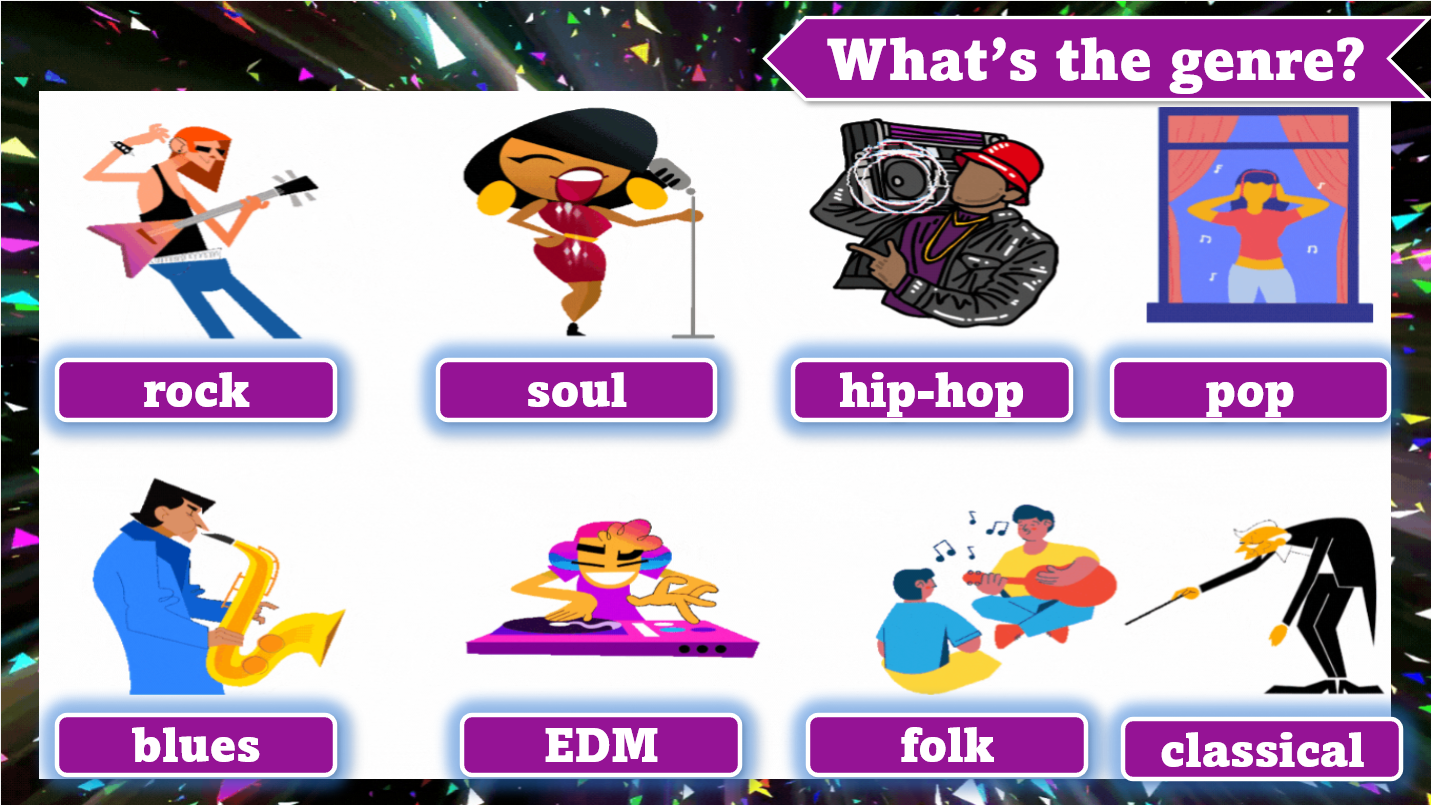Music is a universal language that speaks to people of all ages and cultures. Whether you are a musician or simply a music enthusiast, understanding the various types of music vocabulary can enhance your appreciation and knowledge of different genres and styles. From classical to contemporary music, each genre has its own unique set of terms and expressions that are used to describe musical elements and techniques.
Learning the vocabulary associated with different types of music can help you communicate more effectively with other musicians, analyze musical compositions, and deepen your understanding of the art form. By familiarizing yourself with these terms, you can better appreciate the intricacies and complexities of various musical genres.
Types of Music Vocabulary
1. Classical Music: Classical music vocabulary includes terms such as allegro (fast), adagio (slow), crescendo (gradually getting louder), and diminuendo (gradually getting softer). Other common terms in classical music include sonata, concerto, symphony, and opera.
2. Jazz Music: Jazz music vocabulary often includes terms such as improvisation, swing, syncopation, scat singing, and bebop. Jazz musicians also use terms like blues, standards, chord changes, and modal scales to describe their music.
3. Rock Music: Rock music vocabulary includes terms such as riff, power chord, distortion, feedback, and solo. Rock musicians also use terms like verse, chorus, bridge, and breakdown to describe the structure of their songs.
4. Electronic Music: Electronic music vocabulary includes terms such as synthesizer, drum machine, sampler, sequencer, and loop. Electronic musicians also use terms like EDM (Electronic Dance Music), dubstep, trance, and ambient to describe different subgenres within electronic music.
5. Hip-Hop Music: Hip-hop music vocabulary includes terms such as beat, flow, rhyme scheme, freestyle, and sampling. Hip-hop artists also use terms like MC (Master of Ceremonies), DJ (Disc Jockey), graffiti, and breakdancing to describe elements of hip-hop culture.
By familiarizing yourself with the vocabulary associated with different types of music, you can expand your musical knowledge and appreciation. Whether you are a classical music aficionado, a jazz enthusiast, a rock fan, an electronic music producer, or a hip-hop aficionado, understanding the terminology specific to each genre can enrich your listening experience and deepen your connection to the music you love.
